Regular posts on all things StableNet® related from a sales, techie, or marketing perspective
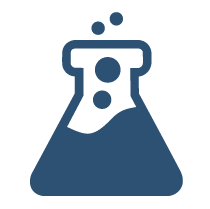
Research & Vision
5 Best Practices for Cloud Monitoring in Network Management
Why cloud monitoring should be an essential part of every company and which solution StableNet® offers.
May 31st 2022, Würzburg
The majority of companies use some form of cloud assets, which can lead to considerable problems in their ability to uniformly manage the increasingly diverse network environment. The question I’d like to look at is how to best address this issue?
Finding a single solution that can monitor and manage the entire network environment, including the cloud, seems to be the first answer to this problem. However, it is not enough to cover the needs of today’s IT departments. Cloud monitoring is different than traditional network monitoring, and there are some important variables that IT staff need to consider.
Through this monitoring software, IT administrators can review the operational status of systems, devices, and applications in the cloud, as well as the security of the corporate network and the endpoints connected to it.
The benefits of using cloud services, such as scalability and agility, make more and more companies decide to migrate to them. However, almost no organization has a network environment that resides entirely within the cloud. This means that network administrators need to monitor the mix of cloud resources and physical network equipment. In these cases, monitoring in the cloud helps to observe response times, availability, resource consumption levels, and performance and predict possible problems.
Having a regular cloud monitoring system is critical to the performance and security of your business networks and devices.
In this article, I explain what cloud monitoring is, how it works, why your company needs a cloud monitoring solution and the 5 best practices for cloud monitoring.
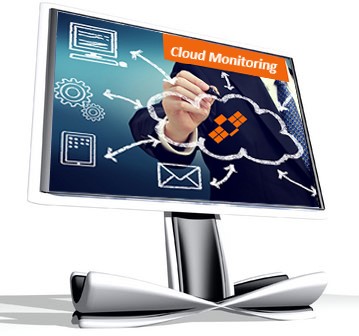
What is Cloud Monitoring, and why is it important?
Cloud monitoring fulfills a double function: on the one hand, it is an essential tool to preserve the security of your business network and maintain a high standard of protection of your endpoints. On the other hand, it ensures that your systems achieve efficient and stable performance, preserving their operational continuity at all times.
A cloud monitoring solution provides centralized control over the day-to-day operations that take place in the cloud, making it easy for IT staff to review, monitor, and correct problems.
At this point, it is important to note that the type of cloud structure your company uses influences the capacity and scope of cloud monitoring that your IT team will be able to achieve.
The difference between Datacenter and the cloud is significant. The Datacenter is a physical resource to store data, while the cloud is a virtual resource to store business data.
If you are using a public cloud vs. private, control and visibility over your cloud infrastructure and assets are more limited in regards to managing and monitoring the infrastructure. A private cloud, on the other hand, gives the IT department greater control and flexibility. It is the reason why most large organizations choose a private cloud.
Why your business needs a Cloud Monitoring solution
Today, most companies, regardless of their size and industry, use some service in the cloud.
According to Hosting Tribunal, the companies that use a cloud service is estimated at 94% worldwide. And this is no surprise. The cloud provides unprecedented business benefits such as increased scalability, agility, availability, and a variety of storage and collaboration options.
However, with the increase in the use of the cloud in recent years, various problems persist. Today, no business can afford slow response times, under-resourced workloads, downtime, or system failures.
That’s where cloud monitoring comes in.
Cloud monitoring helps companies analyze response times, availability, resource consumption levels, and performance and anticipate potential security risks.
In this sense, cloud monitoring is a fundamental tool to guarantee optimized performance, minimize downtime, and preserve the security of your assets at an affordable cost.
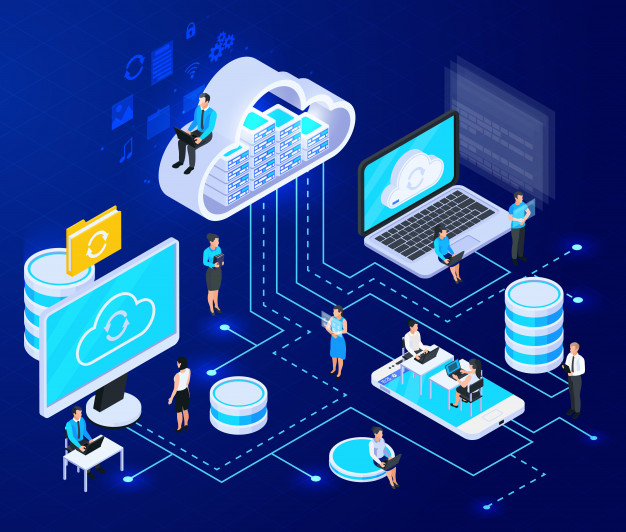
Benefits of Cloud Monitoring
Monitoring the cloud constantly provides companies with concrete benefits. The main ones are:
- It provides greater scalability and operational activity in organizations of any size.
- The ability to scan multiple device types, including desktops, tablets, and phones, so your organization can monitor apps from any geographical location.
- Monitoring tools offer simple installation because the infrastructure and configurations are already in place.
- Your system is not interrupted when local problems arise because the resources are not part of your organization’s servers.
Cloud Monitoring in Network Management
Network management traditionally relies on packet capture, and network monitoring vendors use two approaches when implementing data collection tools for virtualized and containerized workloads.
The first approach is to have agents installed on each VM along with a container image that is activated when the workload starts. Agents send batch data to designated collection sites, which then distribute the collected batch data to consumers. This model is used by manufacturers such as Extrahop, Gigamon, and Nubeva. The advantage of this approach is that processing—such as filtering, slicing, deduplication, and other packet manipulation—is performed on a separate, centralized server or service, minimizing the additional resource consumption of the container or virtual machine workload.
The essence of the second approach is that agents, in addition to collecting data, can also do all the processing of a workload instance and then send data packets directly to the required analytics service. Such a model, used in particular by IXIA’s CloudLens solution and Nubeva’s toolkit, has the advantage of not being dependent on a centralized processing engine and thus removes a potential toolkit performance bottleneck. But at the same time, it requires a negotiation protocol to distribute topology changes and negotiate which node (peer) will receive packets.
In addition, there are several approaches to package collection that cater exclusively to containerized environments. These include the use of a networking plugin for a containerized environment, container workload agents, and “auxiliary” sidecar containers:
- The container network interface is a framework for a network plugin for a container environment. And is managed by the container management system. Its principle of operation is very close to the virtual traffic interceptor used for hypervisor environments. Traffic passing through the container network is captured by the virtual network, processed, and routed to the next destination.
- Packages can be built using an agent installed on the application container. These agents can run with a container workload.
- Agents can also be implemented in a “sidecar” configuration, which is a container that runs in parallel with the application’s container workload.
- Some of the container services, such as Envoy proxy, have built-in network packet capture capabilities. This and similar services can compete with or even replace other network packet capture capabilities in some cases.
Currently, sidecar containers seem to be the most attractive way to deploy a network packet collection solution in containerized environments, as sidecar containers run in parallel with the container workload and do not require underlying infrastructure support, thus protecting the application workload from additional software. Such an approach to collecting network packets simplifies modifications to the main application. In addition, sidecar containers can be easily modified or removed without any impact on the container’s workload, as they are managed independently of the application’s workload.

Cloud Control Best Practices
Cloud monitoring involves different actions, such as determining what the priorities of its user are in order to establish clear objectives of operation and usefulness. It will make it easier for process optimization, preventing errors and overcoming existing ones. As a result, a cloud infrastructure must have solutions that are capable of integrating information from different resources. It will optimize network performance. Similarly, one of the most efficient practices in managing the cloud has to do with controlling its cost. In this sense, it should be clear that the greater its use, the higher its cost.
Therefore, it is necessary to have a monitoring tool that indicates any unexpected excess in the cost of the cloud to avoid budget problems in the company. This way, unexpected expenses will not be generated. All this means that monitoring works as a window that allows you to explore the cloud to find any type of error, understand its reason and then solve it, preventing excessive consumption of network resources. Finally, cloud modernization must be sustainable over time. A solution that only works for a few days or a few months will not guarantee the efficient performance of the resources involved.
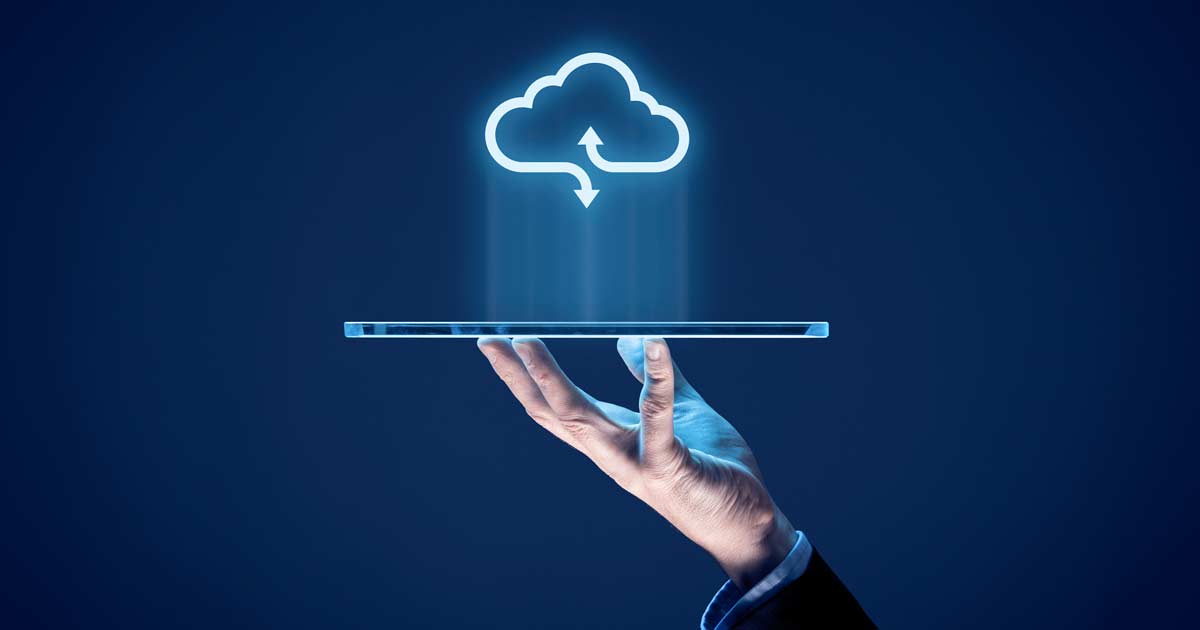
5 Best Practices for Cloud Monitoring
If you seek to implement a Cloud monitoring solution in your company, your security strategy must include a series of tasks and processes to guarantee the efficiency of its implementation. These are the best practices that you should carry out:
Decide what to monitor and why
If you are running an online retail network, your first priority should be to monitor your website. In addition, you must also ensure that your customer’s financial data stored in your database is protected. Depending on the nature of your business, make a list of the essential parameters you need to run your business.
Once you’ve made your list, check the statistics to understand the current state of your business. This will help identify how and where you can improve along the way. For example, if you observe a decrease in visitors visiting your platform, check business metrics, and specify the events and activities you need to monitor, such as response time for your platform and database.
Unified platform
You have to think about making clear the decision-making process. Evaluating and making informed decisions is easier when all the important information is gathered in one place. Organizations commonly make use of distributed networks or hybrid cloud frameworks. Gathering performance metrics from several sources can be complex, laborious, and time-taking. If there are several moving parts to keep track of, you can also miss important information. Because of that, it’s very important to have all your data in one single dashboard to get an idea of your business, its strengths, and weaknesses.
Automate
Automation is one of the most efficient things a company can do today. There are lots of activities in cloud monitoring that are repetitive. To automate the monitoring task, cloud services offer several tools.
For example, a service may terminate a virtual machine instance if it is using more resources than it has been allocated. You can free up time and focus on more important things by successfully automating these activities.
Monitoring the use of cloud services
By first following the guidelines for identifying key metrics to track, you will know which processes and events are important. Take it to next level and see if the cloud services at the moment you use match the driving force behind your business. You just have to invest in what your company demands. If your business has any additional services or storage that you are not using, be sure to resize those services or disable them.
Choose the right service provider
Choosing the right cloud monitoring service provider is often seen as the obvious option. However, most organizations do not fully understand whether the cloud service provider’s features and security steps are appropriate for their business needs.

Key Take-Aways:
It is important to have solutions that can report data from different sources on a single platform, allowing consistent metrics and results to be calculated in a holistic view of performance. Another aspect to consider is the need to monitor the uses and costs of the cloud service. The ability to scale is a key feature of cloud services. But increased usage can lead to higher expenses. Robust monitoring solutions should track how much of your organization’s network activity is in the cloud and how much it costs. A monitoring solution that alerts IT when cloud resources exceed budget or usage limits can lead to significant savings in the long run.
You have to set up instant visibility for everyone. The monitoring solution should support customizable dashboards that provide instant visibility into what’s going on, what’s seeing heavy usage, and what’s idle. Not only does this make troubleshooting easier, but it also allows teams to see issues and proactively resolve them before they impact end users. Lastly, it is important to test the tools to see what happens when there is a data outage and evaluate the automated response systems when certain thresholds are reached.
The reality of today’s large network environments is that Cloud Monitoring and services is just one piece of a technologically diverse infrastructure. From legacy architecture to SDN and virtualization, NOCs are looking for holistic platform solutions that enable them to simplify fragmented network management approaches. StableNet® is a highly automated network and services management platform focused on large enterprise and telco networks. It is a user-oriented and highly compatible cloud monitoring platform that provides you with all performance statistics and information from a unified dashboard. And even for those functionalities that StableNet® doesn’t support natively, the platform approach means that it can seamlessly integrate with third-party capabilities.
Sign up for a live demo of our cloud monitoring solution
Feel free to sign up for a live demo of StableNet®. If you are looking for an efficient and secure cloud monitoring platform that can also manage your multi-vendor and -technology network infrastructure through a single GUI, StableNet® may be the right choice for you.

Software
Made in Germany
